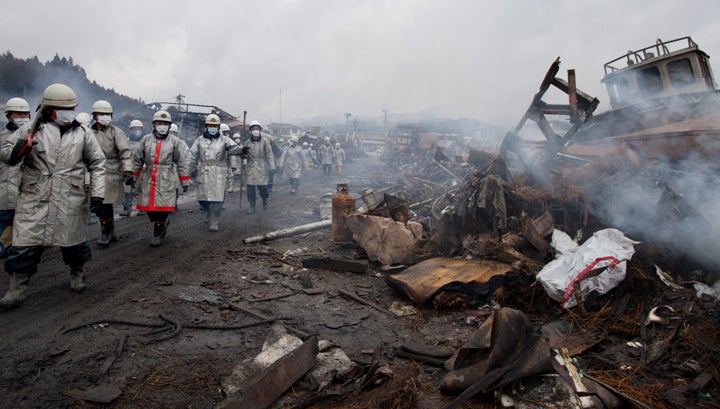
With fears of a possible nuclear meltdown in Japan continuing to escalate, evidence that the nation received warnings over the stability of its power plants from an international watchdog more than two years ago has emerged via a new round of diplomatic cables accessed by WikiLeaks.
As the Telegraph is reporting, an official from the International Atomic Energy Agency (IAEA) said in December 2008 that safety rules were outdated, and strong earthquakes would pose a "serious problem" for the power stations.
A U.S. embassy cable quoted an unnamed expert who expressed concern that guidance on how to protect nuclear power stations from earthquakes had only been updated three times in the past 35 years. The document states: "He [the IAEA official] explained that safety guides for seismic safety have only been revised three times in the last 35 years and that the IAEA is now re-examining them. Also, the presenter noted recent earthquakes in some cases have exceeded the design basis for some nuclear plants, and that this is a serious problem that is now driving seismic safety work."
The Telegraph also reports that the government responded to the warnings by building an emergency response center at the now-embattled Fukushima Daiichi plant designed to withstand magnitude-7.0 temblors. Friday's earthquake, originally named a magnitude-8.9 shock, has since been upgraded to magnitude-9.0.
Among the other shocking disclosures: Taro Kono, a high-profile member of Japan's lower house, told U.S. diplomats in October 2008 that the government was "covering up" nuclear accidents and ignoring alternative forms of energy, including wind power, according to the Washington Post.
Other nuclear experts allege IAEA officials had willingly ignored lessons from the Chernobyl disaster to protect the nuclear industry's expansion, reports Bloomberg. "After Chernobyl, all the force of the nuclear industry was directed to hide this event, for not creating damage to their reputation," Russian nuclear accident specialist Iouli Andreyev tells Reuters, before noting that released radiation from spent fuel rods stored close to reactors at Fukushima looked like an example of putting profit before safety. "The Japanese were very greedy, and they used every square inch of the space. But when you have a dense placing of spent fuel in the basin, you have a high possibility of fire if the water is removed from the basin."